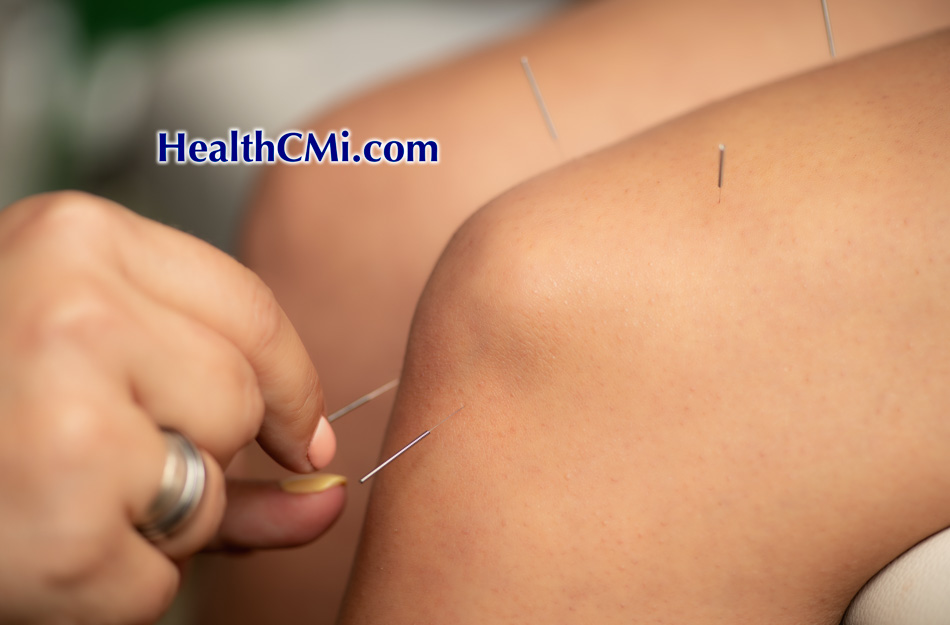
A recent systematic review and meta-analysis published in the Journal of Orthopaedic Surgery and Research has highlighted the synergistic effects of combining acupuncture with active exercise training in the treatment of knee osteoarthritis (KOA). This comprehensive study sheds light on how integrating these two modalities can significantly improve pain and functional outcomes in patients suffering from this degenerative joint condition.
Knee osteoarthritis is a common chronic condition characterized by the degeneration of joint cartilage and underlying bone, leading to pain, stiffness, and reduced mobility. As the global population ages, the prevalence of KOA is rising, making effective management strategies increasingly important. Conventional treatments include pain relievers, physical therapy, and in severe cases, surgery.
The meta-analysis included 11 high-quality randomized controlled trials (RCTs), with a total of 774 participants. The studies spanned several countries and involved various acupuncture techniques and exercise regimens. The goal was to assess the combined effects of acupuncture and exercise on pain reduction and functional improvement in individuals with KOA.
The acupuncture methods employed in the included studies were diverse, ranging from traditional manual acupuncture to electroacupuncture. Common acupuncture points used in the studies included ST35 (Dubi), SP9 (Yinlingquan), and GB34 (Yanglingquan).
The exercise regimens included in the studies varied but generally focused on strengthening the muscles around the knee, improving joint stability, and enhancing overall mobility. Exercises typically involved weight-bearing activities, range-of-motion exercises, and resistance training designed to increase quadriceps strength and reduce strain on the knee joint .
The results of the meta-analysis were compelling. The combination of acupuncture and exercise was found to significantly reduce pain and improve function compared to either intervention alone. Specifically, participants who received both treatments reported greater reductions in pain scores and showed more significant improvements in their ability to perform daily activities. Mechanisms for this synergistic effect include acupuncture’s role in improving blood flow and reducing muscle stiffness. [1]
The studies included in the meta-analysis were assessed using an improved Jadad scale, which evaluates the quality of clinical trials. Only studies with a score of 4 or higher (out of 7) were included, ensuring that the findings were based on high-quality evidence. The risk of bias was also carefully evaluated, with most studies showing low risk in key areas such as randomization, blinding, and data reporting.
The findings of this meta-analysis have significant implications for the management of knee osteoarthritis. Given the chronic nature of KOA and the limitations of conventional treatments, the integration of acupuncture and exercise into standard care protocols offers a more effective and holistic approach to managing this condition. For patients, this combined treatment strategy not only addresses pain but also enhances mobility and quality of life, potentially delaying or even preventing the need for more invasive interventions such as surgery.
At HealthCMi, our acupuncture CEU continuing education review board has included the following information on classic local acupoints for knee pain. ST35, also known as the “calf’s nose,” is a key acupuncture point located just below the patella, on the lateral side of the patellar ligament. When the knee is flexed, this point becomes particularly accessible. It’s commonly referred to as lateral Xiyan and is part of the Xiyan pair, which plays a crucial role in treating knee disorders. ST35 is renowned for its ability to dispel wind-dampness, reduce swelling, activate the channels, and alleviate pain.
The Xiyan points, aptly translated as the “eyes of the knee,” are essential in acupuncture for addressing knee issues. Medial Xiyan is found in the hollow space formed beneath the patella when the knee is flexed, just medial to the patellar ligament. Although it is not part of a primary acupuncture channel, this extra point has been in use for about 1,500 years, known for its effectiveness in reducing wind-dampness, alleviating swelling, and relieving pain.
The combination of Medial Xiyan and ST35, often referred to as the “eyes of the knee combination,” is a powerful duo for treating knee problems. A third point, Xixia (M-LE-15), is frequently added to this pair. Xixia, meaning “below the knee,” is located at the patellar ligament, right at the inferior margin of the patella. This point is particularly useful for treating knee disorders and local soft tissue issues. Together, the trio of Xiyan and Xixia forms a formidable treatment approach for knee disorders.
Source:
1. Journal of Orthopaedic Surgery and Research, Efficacy of acupuncture combined with active exercise training in improving pain and function of knee osteoarthritis individuals: a systematic review and meta-analysis.